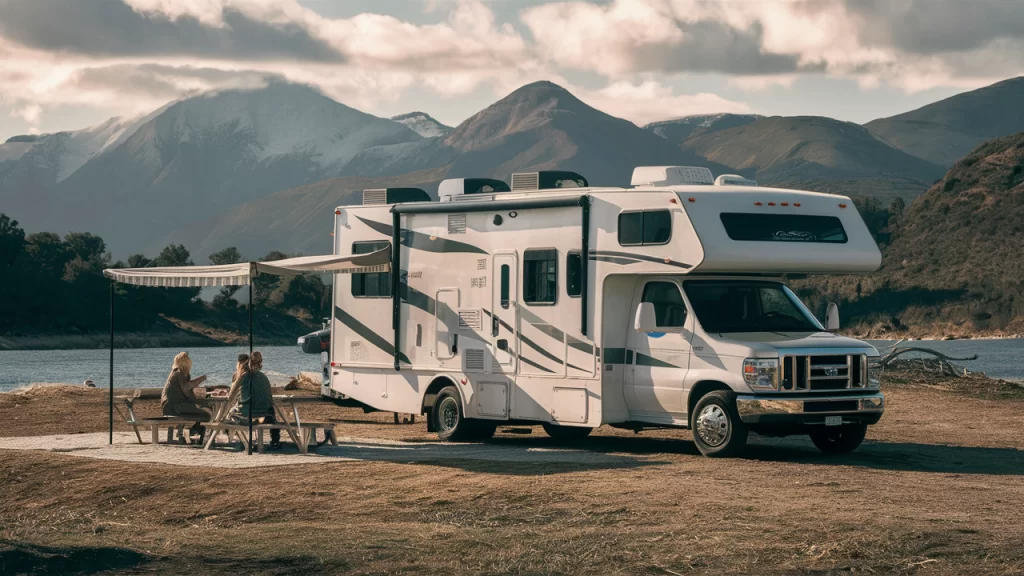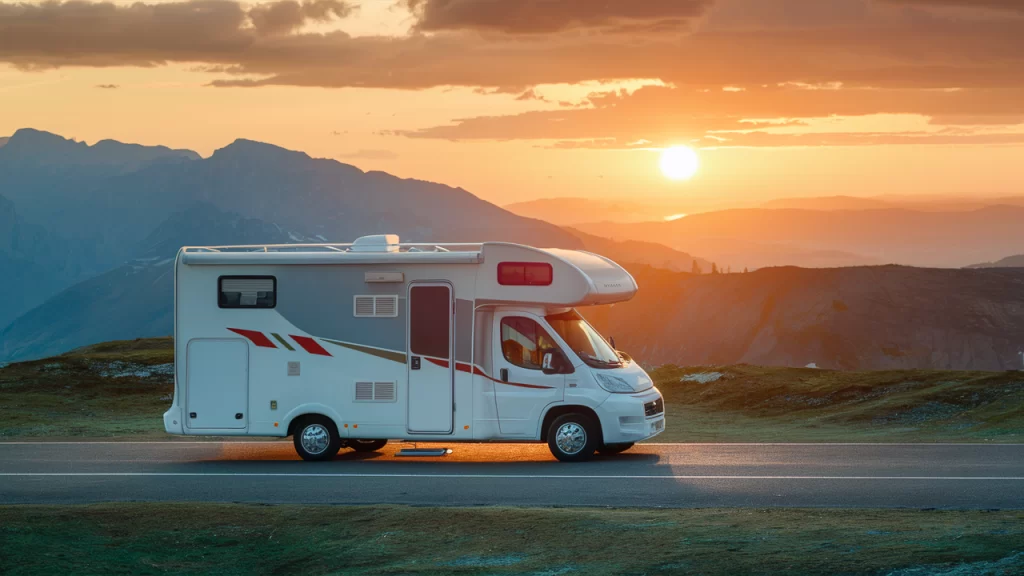Traveling in an RV offers a unique and flexible way to explore the world, but knowing how many people can travel in an RV comfortably and legally travel in an RV is crucial for planning a successful trip. This article will explore the various factors that determine RV capacity, including motorhome rules for passengers, different RV types, and seatbelt requirements.

Content
Travel in an RV
Traveling by RV is an appealing option for many adventure seekers, families, and couples. However, it’s essential to understand the limitations and regulations regarding the number of people who can travel in an RV to ensure safety and compliance with the law.
Understanding RV Capacity
Types of RVs and Their Capacities
Different RVs are designed to accommodate varying numbers of occupants. Understanding these types will help you choose the right RV for your needs.
- Class A Motorhomes: These are the largest and often have the most sleeping and seating capacity. Typically, they can accommodate 4-8 people.
- Class B Motorhomes: Known as campervans, these are compact and can usually sleep 2-4 people.
- Class C Motorhomes: These mid-sized RVs generally provide space for 4-6 people.
- Travel Trailers: These are towed by a separate vehicle and can vary significantly in capacity, often sleeping 4-8 people.
RV That Sleeps 15 People
For large groups, RVs that sleep 15 people are less common but do exist. These are usually custom-built or modified large motorhomes designed to accommodate extensive seating and sleeping arrangements.
Motorhome Rules for Passengers
Legal Requirements
Different regions and countries have specific rules regarding the number of passengers allowed in an RV. Always check local regulations, as they may dictate the maximum number of occupants for safety and insurance purposes.
Safety Considerations
- Seatbelt Use: All passengers in a moving RV must wear seatbelts if available. This is a key safety measure to prevent injuries in the event of sudden stops or accidents.
- Seating Arrangements: RVs are equipped with designated seating areas. Make sure that these areas are used properly, and avoid seating in areas not designed for travel.

How Many Seat Belts in an RV?
Typical Seat Belt Configurations
- Class A Motorhomes: These usually have seatbelts in the driver and front passenger seats, as well as in designated travel seats in the living area. The number of seatbelts can vary based on the RV’s design and model.
- Class B Motorhomes: Generally, these have seatbelts for the driver and passenger seats, plus additional seatbelts in the rear seating area.
- Class C Motorhomes: Similar to Class A, with seatbelts in the driver and passenger seats, and possibly in other travel seats within the RV.
- Travel Trailers: Seatbelts in the towing vehicle are important, as the trailer itself doesn’t have seatbelts.
Ensuring Compliance
Always ensure that your RV has enough seatbelts for all passengers. Non-compliance with seatbelt regulations can lead to fines and increased risk of injury. How Many People Can Travel in an RV?
Conclusion
Choosing the right RV and understanding its capacity is essential for a safe and enjoyable travel experience. By considering motorhome rules for passengers, the types of RVs that sleep various numbers of people, and seatbelt requirements, you can better plan your RV adventure.

An avid traveler, Kirk Grover has been to over 50 countries. He has an extensive background in tourism and hospitality management, along with a degree in Hospitality Management from the University of Nevada Las Vegas. Kirk is very knowledgeable about travel-related topics – they are always up to date on the latest deals for flights, hotels, and other adventures around the world.




